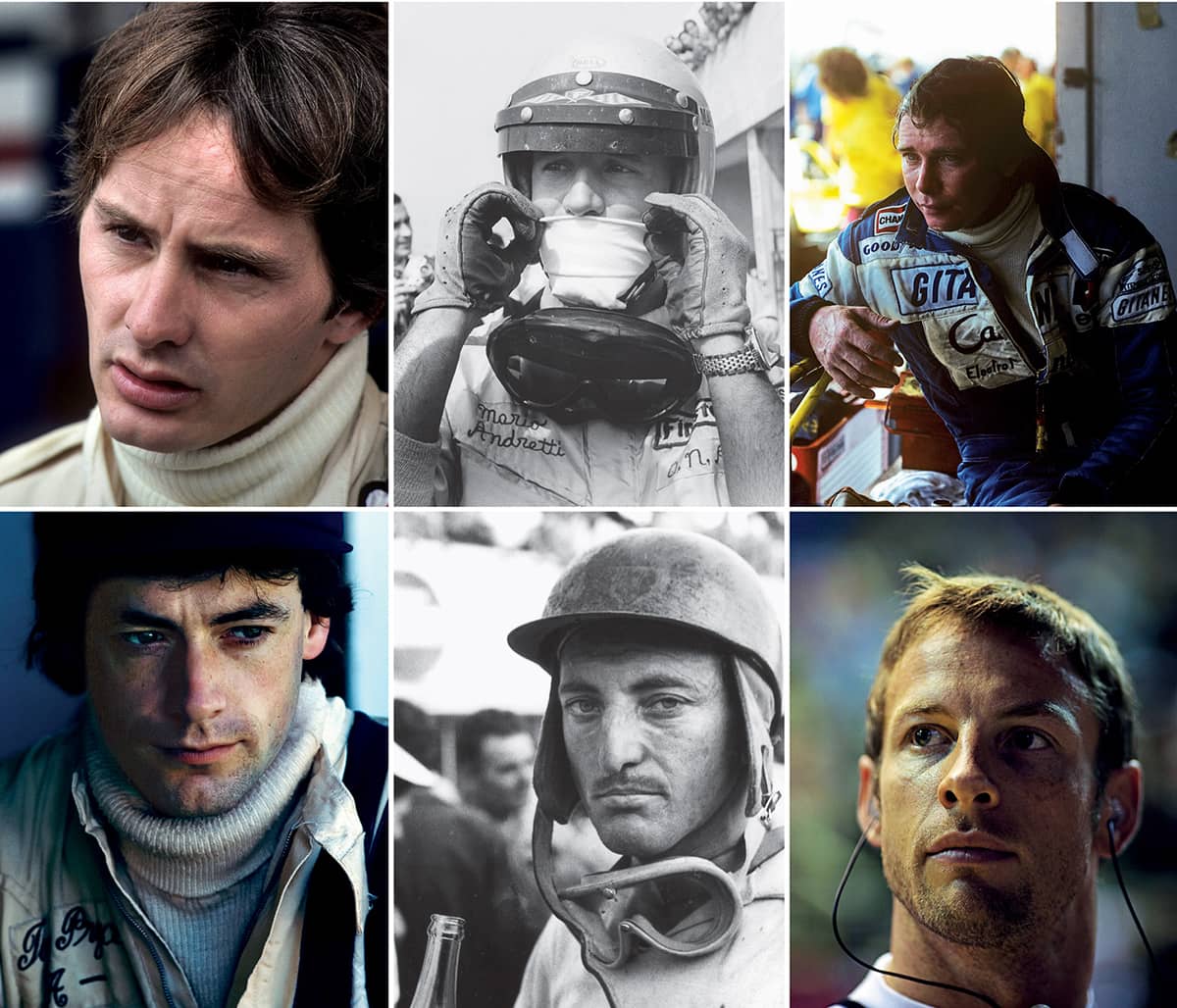INTRODUCTION
Sixty-four years is a long time by any standard. In Formula One, the progress and change have been immense. To have this evolution recorded is one thing; to enjoy the benefit of images exquisitely captured on camera is quite another.
That is precisely what we’ve got between the pages of this book, thanks to the precision, imagination and brilliance of the late Bernard Cahier and his son, Paul-Henri. Between them, father and son have reflected the growth and transformation of a sport that has been glamorous and spectacular throughout.
During this time, and despite enormous evolution, F1’s fundamental framework has remained unchanged. The drivers are heroes, no matter what they drive; the rivalries and friendships continue exactly as they were in the 1950s, even if today’s enmities are mercilessly exposed by social media.
These central themes are caught perfectly thanks to both photographers enjoying the privilege of being allowed behind the scenes and having the patience to recognise and catch the intimate and tense moments when up close. The subsequent images are unique and priceless.
In the same way that a racing driver’s attire defines each era, the size, shape and sophistication of his car marks huge advances in technology across the decades. The teams may have expanded to match this progress but, like the drivers, at heart they remain exactly as they were.
Famous names such as Ferrari, McLaren and Williams continue to be motivated by a massively competitive urge that has not changed regardless of the high-tech trappings. The absolute focus is on finishing first. Second place is no more an option in 2016 than it was in 1956.
The canvas for this thrilling competition has been provided by more than seventy different race tracks since the World Championship began in 1950. And, once again, while the backdrops may have altered in keeping with the necessary demands for safety, the challenge provided by the slow corners and fast curves places the same call for that intoxicating mix of accuracy and daring by the men in their machines.
In the 1950s and 60s, street circuits were more prevalent than today. The images in this book highlight the raw and fairly basic demands placed on drivers by kerbs, lampposts and walls waiting to penalise the smallest error. More recent photographs bring home the understandable need for reducing these hazards while, at the same time, highlighting the sometimes extreme dangers endured decades before. This book brings a striking comparison between these vastly different eras, and only adds to the sense of respect for drivers and their exceptional skills.
When the cars are at rest and crash helmets are removed, there is the opportunity for photographers to capture the more candid moments. The authors have done this with an exquisite stealth that creates the relaxed impression of subjects not being aware of the camera’s presence.
At the time of taking each photograph, the focus is literally and naturally on people. But looking at the images with hindsight, a study of the surroundings presents a penetrating portrait of how F1 and its trappings have changed, almost beyond recognition.
From the mechanic in oily overalls with a cigarette and a spanner, to the technicians in crisp uniforms tapping keyboards; from perspiring drivers with grease-stained faces in polo shirts, to today’s sponsor-bedecked heroes with shining faces in flameproof overalls; from a kettle and teapot in the back of a shabby truck, to Michelin-inspired cuisine delicately served in air-conditioned business and social enclaves; from team management identified by smart suits and collars and ties, to serious-looking men and women wearing headsets and electronic credentials; all of these arresting comparisons of progress are graphically displayed across the following pages.
If a picture is worth a thousand words, then this book is the photographic equivalent of a major literary work on motor racing at its highest and most dramatic level.
